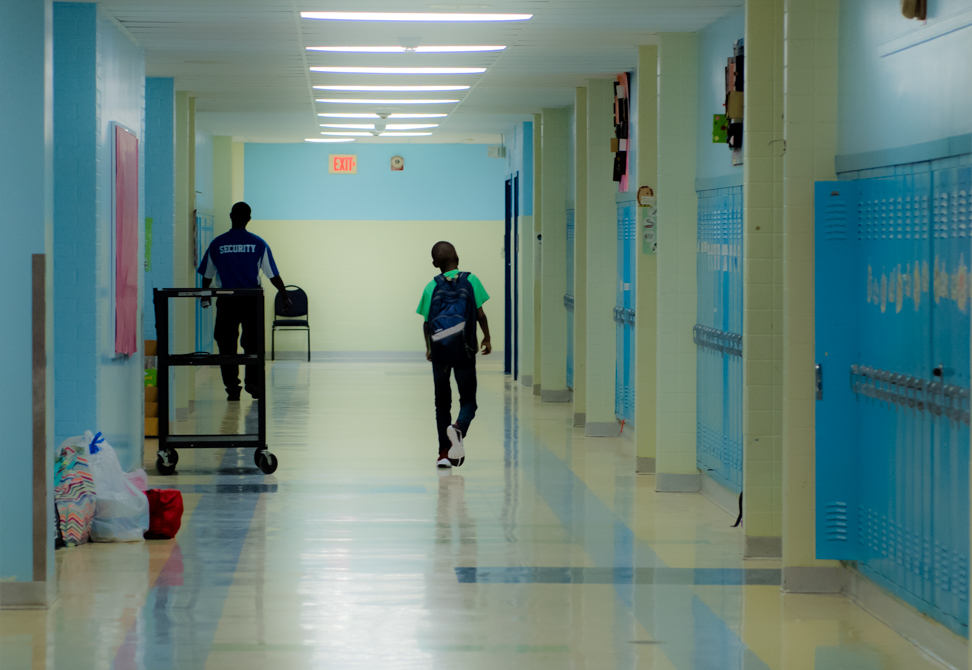At ACPS, we believe that every student succeeds when every student attends. This September, we’ll be engaging our families in a campaign to celebrate student attendance and engagement and we need your help!
Research shows that chronic absenteeism leads to poor academic achievement and can lead students to drop out of school altogether. The earlier we intervene, identify and address the reason for chronic absenteeism, the better the outcome for youth.
Educators play a vital role in this process. You’re an integral part of the communication network with parents/guardians, social workers and school staff and are in the best position to see when attendance is becoming an issue.
What is chronic absenteeism?
Chronic absence is the accumulation of excused/unexcused absences for any reason to a total of ten percent or more of the school year. For the 2018-19 school year, we have 183 student days. This means that as few as two or three days a month can lead to chronic absenteeism over the course of the year.
Attendance & Virginia School Accreditation
The Virginia Board of Education is revising its accreditation standards to include calculation of chronic absenteeism. Schools will be evaluated on chronic absenteeism, which includes both excused & unexcused absences. Chronic absenteeism accreditation ratings will begin in the 2018-19 school year. Students who are absent for 10 percent or more of the school year are considered to be chronically absent, regardless of the reason. Visit the Virginia Department of Education website for more information.
How Teachers Can Help Avoid Chronic Absenteeism
- Read and follow the newly adopted School Board regulation Attendance Regulations JEA-R (PDF).
The new regulation outlines ACPS’s Attendance Policy, how ACPS monitors and responds to truant activity, and the consequences of truant behaviors.School staff members need to be aware of the policy, take class attendance each day, hold students accountable and follow the regulation when students are absent from school. - Intervene early on with the student and their parents/guardians if you see an attendance problem developing.
Talk to the student about why he/she was absent. It’s important for a student to know that you are aware of the absence and that you care about him/her being in school. Make every effort to contact the parent/guardian to determine what might be going on. When possible, call the parent during the day. - Acknowledge students when attendance increases.
When attendance improves, acknowledge and reward students for making an effort to come to school more regularly. By focusing on the positive change the student is making, it may encourage him/her to continue coming to school. - Make students feel welcome.
Students feel more connected when they feel known and valued. Get to know as many students by name as possible — even students who are not your own. Greet them by name in the halls so that they feel seen and welcome. - Consider these questions and how your school might address them:
Is our school climate inviting and safe for all students? Do we consistently implement school-wide attendance campaigns and incentives? Do we maintain positive behavioral supports, including restorative practices and perspectives? Are our lessons culturally responsive and engaging?
Ensuring positive school attendance is a collaborative effort that requires all ACPS staff, students and parents/guardians to work together. We appreciate your efforts helping to encourage and support consistent attendance throughout the school year. Thank you for your work!

